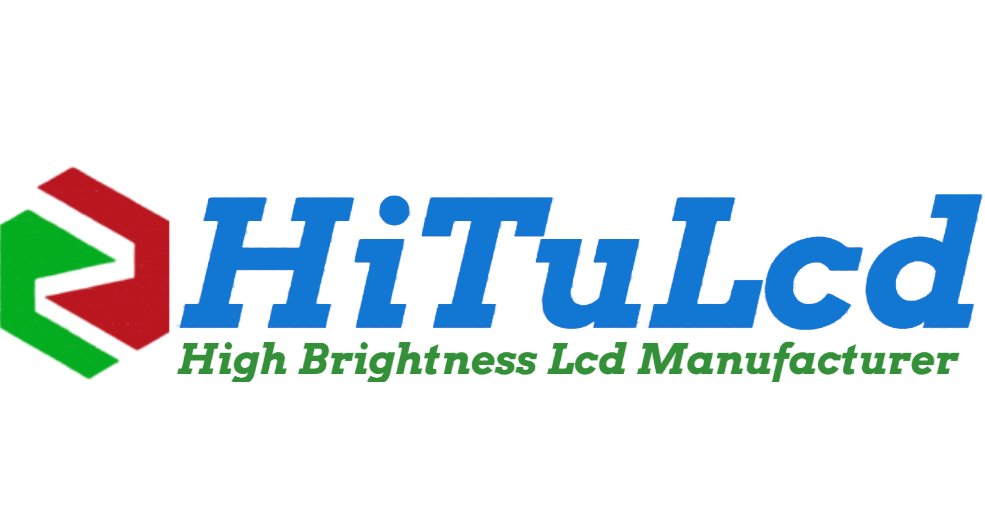Waterproofing an LCD (Liquid Crystal Display) screen is a crucial process when the screen will be exposed to moisture, humidity, or even potential submersion in water. Whether it’s for outdoor displays, marine applications, or industrial environments where exposure to liquids is a concern, waterproofing is essential to protect the display and ensure its functionality. In this comprehensive guide, we will discuss how to waterproof an LCD screen effectively, the various methods and materials involved, and the key considerations to keep in mind during the process.
Why Waterproof an LCD Screen:
Waterproofing an LCD screen is essential for several reasons:
Environmental Protection: LCD screens in outdoor displays, marine applications, and industrial settings are often exposed to rain, humidity, and other environmental elements. Waterproofing prevents water damage and corrosion, extending the screen’s lifespan.
Durability: LCD screens that are waterproofed are more resistant to physical damage, such as scratches and impacts. This makes them ideal for rugged outdoor and industrial applications.
Operational Continuity: Waterproofing ensures that the LCD screen remains functional in wet or damp conditions, preventing disruptions to critical systems.
Maintenance Reduction: Waterproofed screens require less maintenance, reducing the need for frequent repairs or replacements.
Methods to Waterproof an LCD Screen:
There are several methods to waterproof an LCD screen, each with its own level of protection and suitability for different environments. Here are the most common methods:
- Optical Bonding:
Process: Optical bonding involves adding a layer of adhesive material between the LCD screen and the protective glass or touchscreen. The adhesive used is often optically clear to maintain image clarity. The bonding process eliminates the gap between the LCD and protective layer, preventing moisture and dust from entering.
Advantages:
Maintains image quality and clarity.
Enhances durability and impact resistance.
Provides effective protection against moisture, humidity, and dust.
Suitable for high-temperature environments.
Limitations:
Requires specialized equipment and expertise.
Can be more expensive than other methods.
May not be suitable for submersion in water.
- Enclosures and Gaskets:
Process: Using protective enclosures and gaskets is a common method for waterproofing LCD screens in outdoor displays and industrial applications. The LCD screen is housed in a sealed enclosure that is waterproof and resistant to environmental elements. Gaskets and seals are used to create a watertight barrier around the screen.
Advantages:
Versatile and suitable for various screen sizes.
Effective protection against water, dust, and environmental factors.
Allows for easy access and maintenance of the screen.
Can be used in extreme environmental conditions.
Limitations:
May add bulk and weight to the LCD screen.
Access to the screen for maintenance may be required periodically.
Limited to protection against external moisture; not suitable for submersion.
- Conformal Coating:
Process: Conformal coating involves applying a thin, protective layer of liquid coating material directly onto the LCD screen and its components. The coating creates a barrier that repels water and other liquids.
Advantages:
Provides effective protection against moisture and chemical exposure.
Maintains the original appearance of the LCD screen.
Suitable for smaller screens and circuitry.
Limitations:
May slightly affect image quality and touch sensitivity.
Limited protection against physical impact.
Requires precise application to avoid interference with screen functionality.
- IP-Rated Enclosures:
Process: Ingress Protection (IP)-rated enclosures are designed to meet specific standards for protection against dust and water. These enclosures are tailored for outdoor and industrial LCD screens and come in various IP ratings, such as IP65, IP66, or IP67, each indicating the level of protection.
Advantages:
Provides a standardized level of protection against environmental factors.
Easy to install and compatible with a wide range of screens.
Suitable for outdoor applications with specific IP rating requirements.
Limitations:
IP-rated enclosures are not suitable for custom or unique screen sizes.
May not offer complete protection against immersion in water, depending on the IP rating.
- Membrane Switch Overlay:
Process: A membrane switch overlay is a thin, flexible layer that is adhered to the surface of the LCD screen. It serves as a protective barrier against water and contaminants. Membrane switches can include custom-cut openings for touchscreen functionality.
Advantages:
Provides good protection against moisture and dust.
Maintains screen clarity and touch functionality.
Can be customized for various screen sizes and layouts.
Limitations:
May not offer the same level of physical impact protection as other methods.
Requires precise installation to maintain touch sensitivity.
May add a thin layer to the screen’s surface, affecting image clarity slightly.
Key Considerations for Waterproofing an LCD Screen:
Level of Waterproofing: Determine the level of waterproofing required based on the environment and exposure. Consider whether protection against rain, splashes, submersion, or all of these is necessary.
Image Clarity: Ensure that the waterproofing method chosen does not compromise the clarity and brightness of the LCD screen. Optical bonding is often preferred when image quality is critical.
Touch Functionality: If the screen has touchscreen capabilities, select a method that preserves touch sensitivity. Membrane switch overlays and some conformal coatings are suitable options.
Environmental Conditions: Evaluate the specific environmental conditions, including temperature extremes and exposure to chemicals, as these factors can influence the choice of waterproofing method.
Size and Shape: Consider the size and shape of the LCD screen, as some methods are more versatile and customizable than others.
Budget: Determine the budget available for waterproofing. Methods like optical bonding and IP-rated enclosures may be more expensive than others.
Maintenance Needs: Evaluate the maintenance requirements of the chosen method. Some methods may require periodic inspections and resealing.
Expertise: Consider the level of expertise and equipment needed to apply the chosen waterproofing method. Some methods, like optical bonding, require specialized skills.
In conclusion, waterproofing an LCD screen is essential to protect it from environmental factors such as water, humidity, and dust. The choice of waterproofing method depends on the specific requirements of the application, image quality, touch functionality, and the environmental conditions the screen will be exposed to. Careful consideration of these factors will help you select the most effective waterproofing method for your LCD screen.

